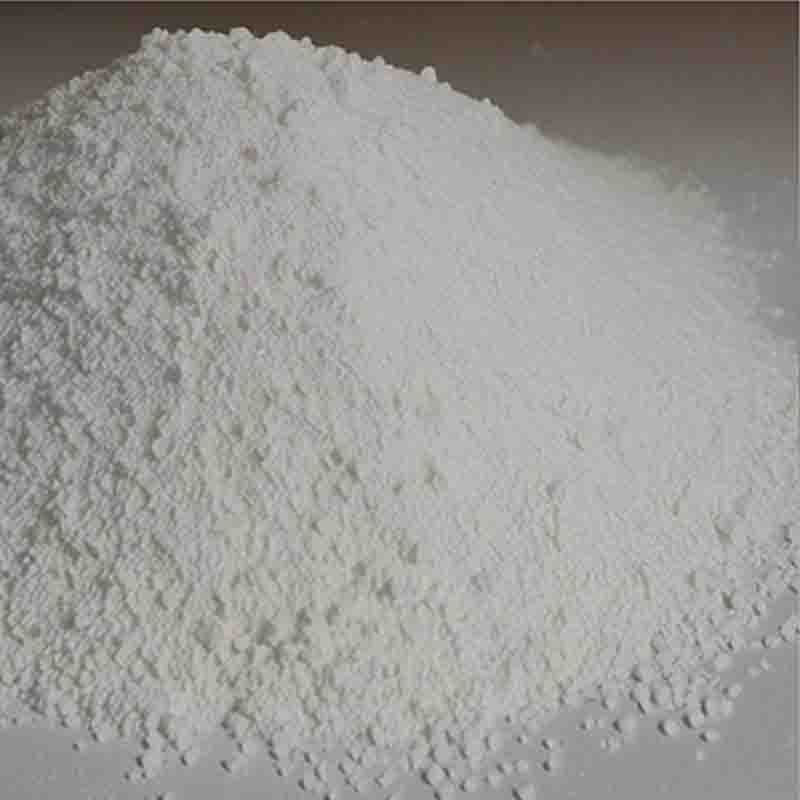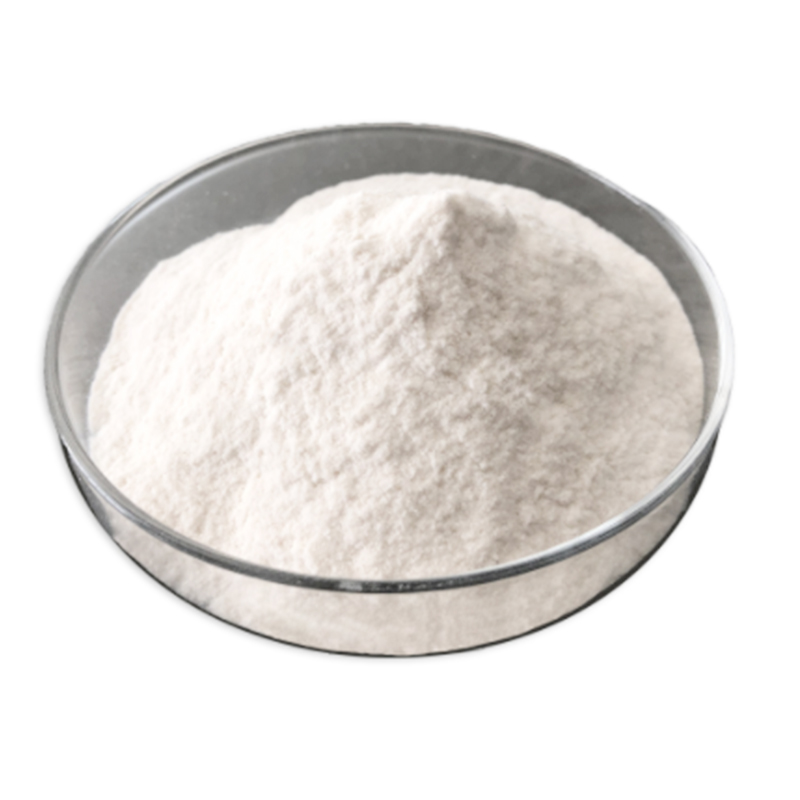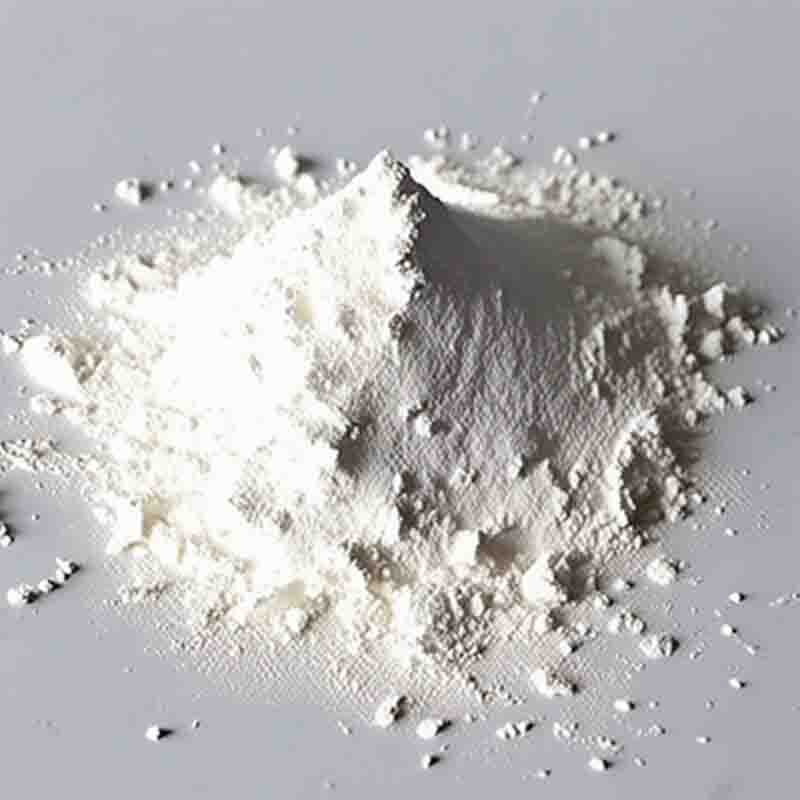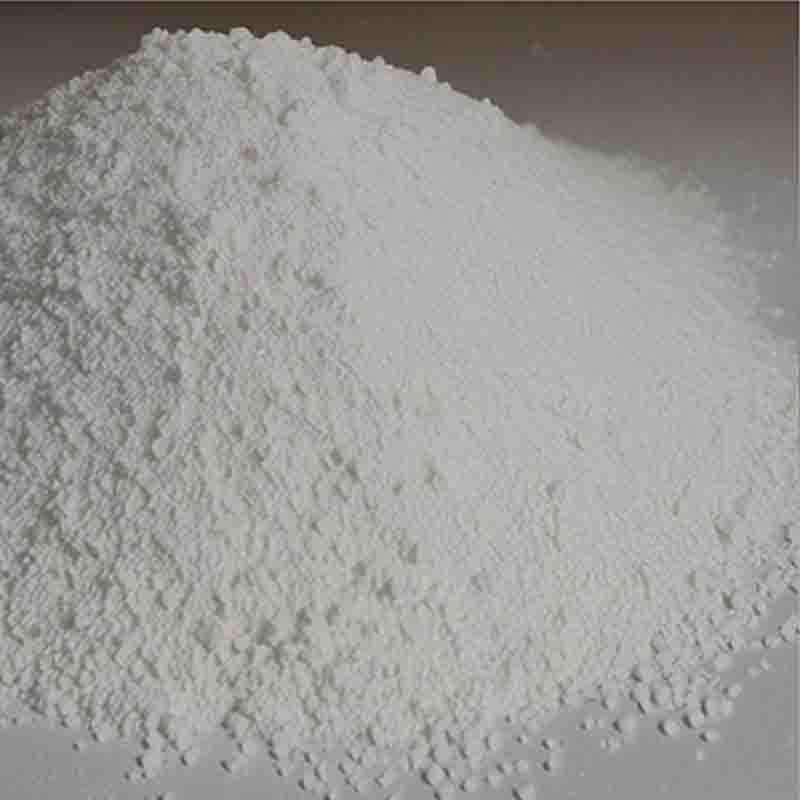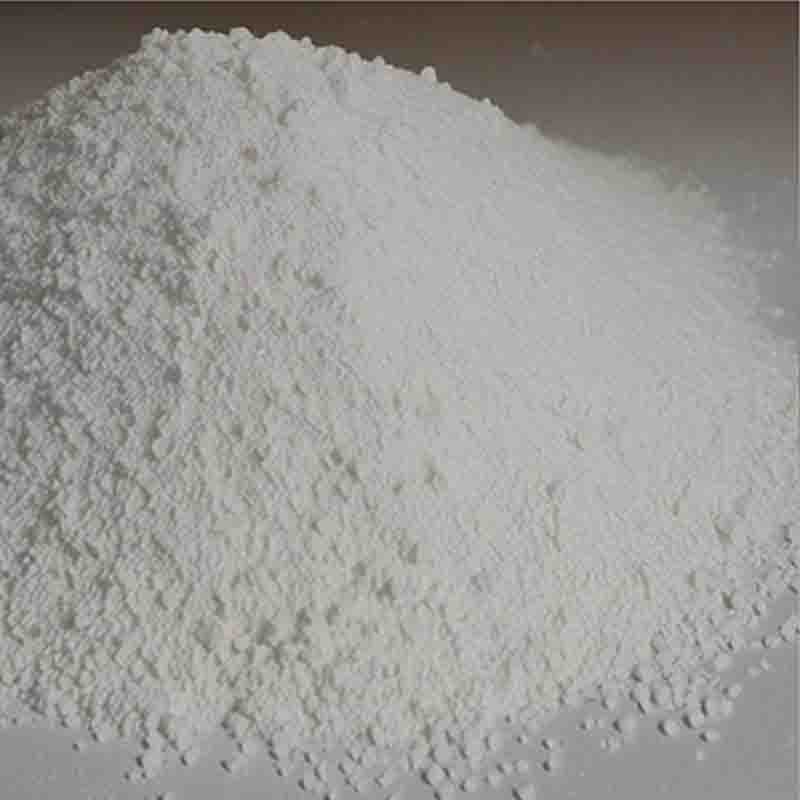boc-L-homophenylalanine CAS:100564-78-1
| Catalog Number | XD95778 |
| Product Name | boc-L-homophenylalanine |
| CAS | 100564-78-1 |
| Molecular Formula | C15H21NO4 |
| Molecular Weight | 279.33 |
| Storage Details | Ambient |
Product Specification
| Appearance | White powder |
| Assay | 99% min |
Boc-L-homophenylalanine, also known as tert-butoxycarbonyl-L-homophenylalanine, is an amino acid derivative with a unique chemical structure. This compound has been studied for its potential effects in various biological systems.One potential effect of Boc-L-homophenylalanine is its ability to inhibit enzymes involved in certain metabolic pathways. By interacting with specific enzymes, Boc-L-homophenylalanine may interfere with important cellular processes. For example, studies have shown that Boc-L-homophenylalanine can inhibit the enzyme dipeptidyl peptidase-4 (DPP-4), which is involved in the breakdown of certain gut hormones. Inhibition of DPP-4 can lead to increased levels of these hormones, which may have various physiological effects such as regulating blood glucose levels and stimulating satiety.Additionally, Boc-L-homophenylalanine has been reported to have potential anti-inflammatory properties. Inflammation is a complex immune response involved in various diseases. Research has shown that Boc-L-homophenylalanine can reduce the production of inflammatory cytokines, such as tumor necrosis factor-alpha (TNF-α) and interleukins, which play key roles in the inflammatory cascade. By modulating inflammation, Boc-L-homophenylalanine may have therapeutic potential in conditions characterized by excessive or chronic inflammation, such as rheumatoid arthritis or inflammatory bowel disease.Moreover, Boc-L-homophenylalanine has demonstrated promise as a potential anticancer agent. Some studies have shown that this compound can induce apoptosis, or programmed cell death, in cancer cells. It has been proposed that Boc-L-homophenylalanine can interact with specific signaling pathways involved in tumor growth and survival. Further investigation is needed to fully understand the mechanisms underlying its anticancer effects and to evaluate its efficacy and safety as an anticancer agent.In conclusion, Boc-L-homophenylalanine exhibits potential effects in various biological systems. It may inhibit key enzymes involved in metabolic pathways, possess anti-inflammatory properties, and have potential anticancer activity. However, more research is needed to fully elucidate the precise mechanisms of these effects, optimize its therapeutic potential, and assess its safety for use in clinical settings.




